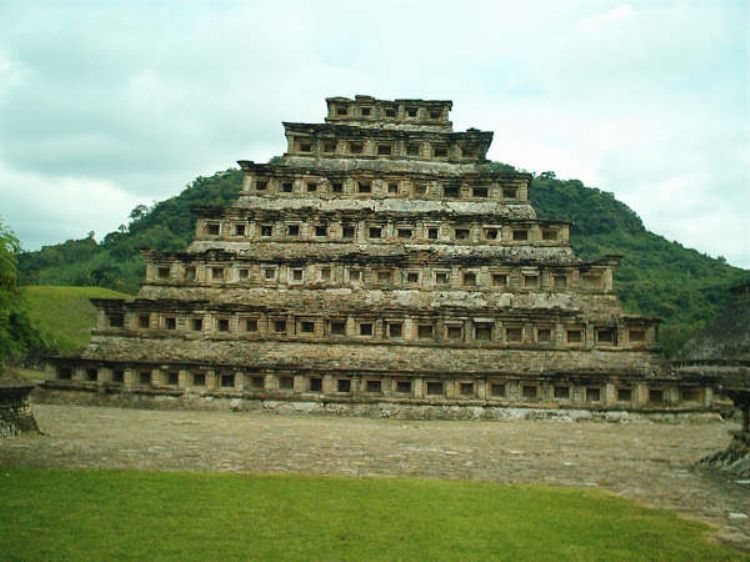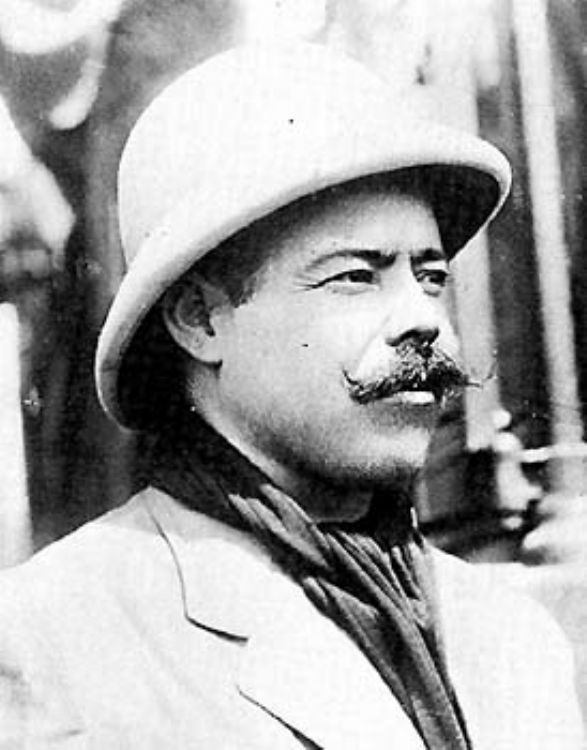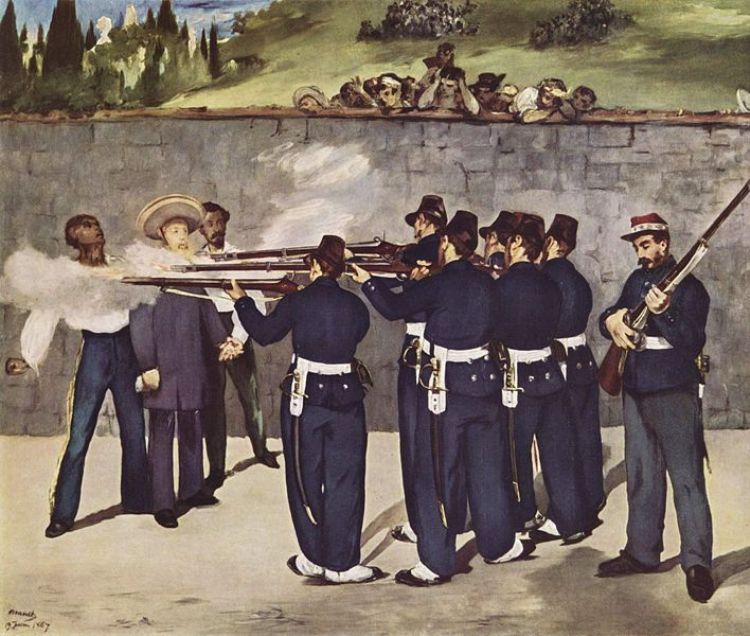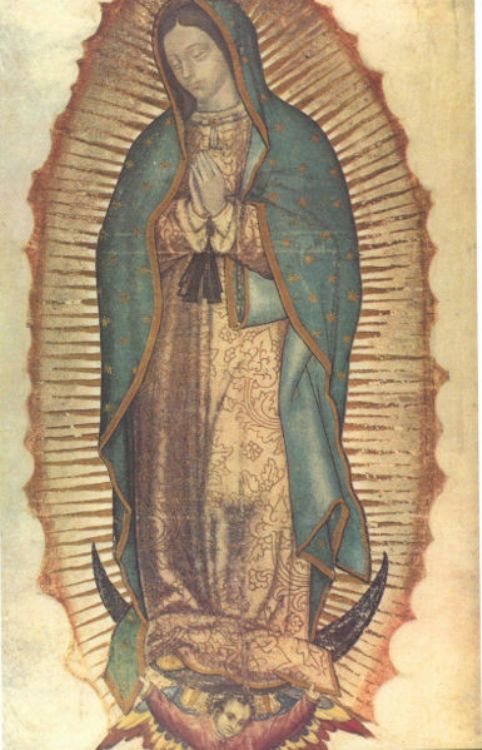El TajÃn, Great Archaeological Site in Veracruz

The most accepted interpretations state that the name Tajin is in Totonac language and refers to thunder. The groups that settled in the region and those who developed the imposing constructions are the Totonac, who safeguarded the place a few centuries after the arrival of the Spaniards until the exploitation of the land originated by the intervention of tobacco commerce.
Tajin is an archaeological zone declared World Heritage by UNESCO. The architectural set offers a panoramic view of the ancient city. Its ceremonial centers and political buildings are surrounded by lesser constructions corresponding to the population that kept a religious life dynamic, so the residents dwelled not only in the central constructions but also in the peripheral buildings for artisans, merchants and military men of lower rank.
The niche pyramid is one of the most important buildings for its architecture; each niche corresponds to one day and refers to the relation between life and death in Mesoamerican cultures. There are also many ball games, representing the struggle of gods in the universe, with victory representing a new day.
The archaeological zone is one of the most important in the country, for the architectural style with two important characteristics: the use of mastabas, which are the pyramidsâ trapezoid base, adding through time other equally shaped structures until completing a structure of great height, almost always constructed for funeral means. The second characteristic is the cityâs importance, which surprisingly is still to be completely discovered, under great soil mounds are visible signs of other constructions, maybe pyramids of lesser size or remains of the urban center.
Sponsored by the State government and the National Institute of Anthropology and History, from March 19 to 23 the âCumbre Tajin 2008â was celebrated, with the goal of promoting the culture and archaeological wealth of the Sacred City. During the event there were rituals, ball games, dances, conferences, exhibits, workshops and traditional medicine was summoned to be promoted among the thousands of visitors expected each year.
Tajin can be reached from the countryâs center through Poza Rica and then by land through Papantla or from the center of Veracruz by bus. In Mexico City, the North Bus Station has buses going to Papantla, where there is another route leading to the archaeological zone. If traveling by car from Mexico City, it is approximately four and a half hours away.
Artículo Producido por el Equipo Editorial Explorando México.
Copyright Explorando México, Todos los Derechos Reservados.
Foto: Alejandro Arzola






